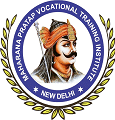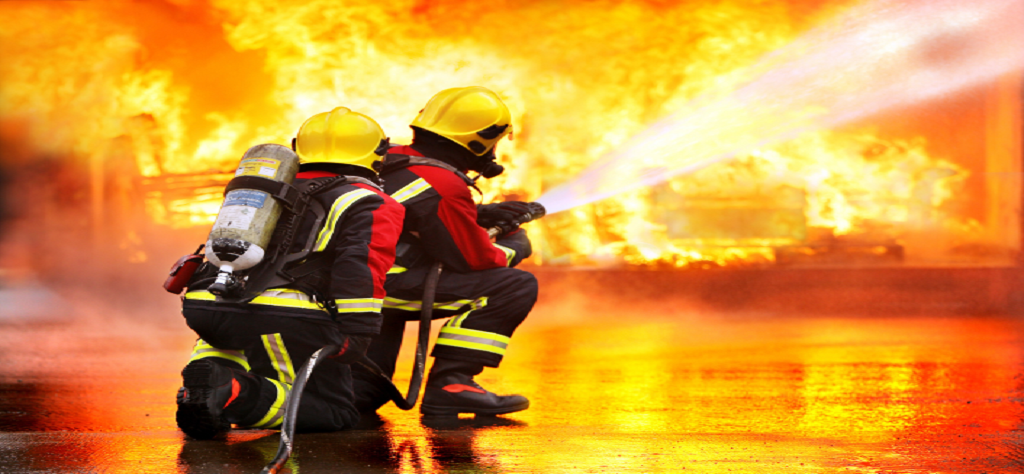Fire and Safety is a specialized area of study focusing on prevention, protection, and response to fire hazards.
It involves identifying risks, understanding fire behavior, handling fire protection systems, and ensuring workplace safety.
🔥 What is Fire?
Fire: A chemical reaction involving fuel, heat, and oxygen (known as the fire triangle).
Types of Fires (Based on materials involved):
Class A: Solid materials (wood, paper, cloth)
Class B: Flammable liquids (petrol, diesel, paints)
Class C: Gases (LPG, acetylene)
Class D: Combustible metals (magnesium, aluminum)
Class K/F: Cooking oils and fats (in kitchens)
📌 What is a Fire and Safety Course?
A professional program designed to train individuals in fire prevention, fire protection, safety management, and emergency response techniques in workplaces like factories, hospitals, malls, construction sites, and public buildings.
🎯 Objectives of the Course
To educate about fire hazards and their causes
To train in firefighting techniques
To understand fire safety regulations and legal standards
To develop skills in industrial safety, accident prevention, and emergency handling
To promote awareness of safe work practices
📖 Course Content / Modules
Typical subjects included in a Fire and Safety course:
Basics of Fire Science
Fire triangle: Heat, Fuel, Oxygen
Fire behavior and spread
Types of Fires and Extinguishers
Classification of fires (A, B, C, D, K)
Selection and use of extinguishers (Water, Foam, CO₂, Dry Powder)
Fire Detection and Alarm Systems
Smoke detectors, heat sensors, manual call points
Fire Protection Systems
Sprinkler systems, hydrants, hose reels, emergency lighting
Industrial Safety Management
Hazard identification
Risk assessment
Safety audits
Emergency and Disaster Management
Evacuation planning
Assembly points
First aid procedures
Legal and Regulatory Aspects
Indian Factories Act, 1948
National Building Code (NBC)
Fire Safety norms for industries
Practical Firefighting Drills
Live fire exercises
Mock emergency evacuations
Usage of PPE (Personal Protective Equipment)
📑 Eligibility
10th pass, 12th pass, or graduates depending on the course level (Diploma, Certificate, or Advanced Diploma)

